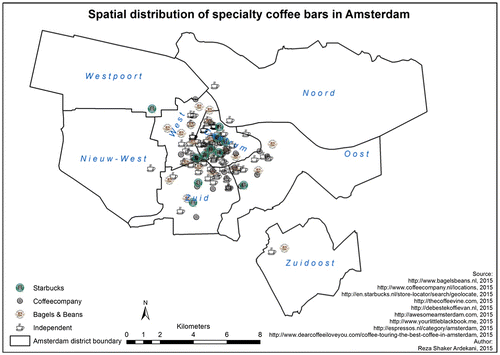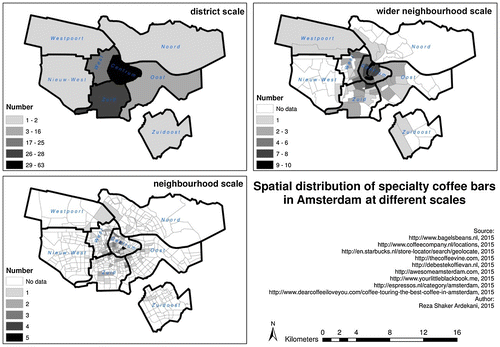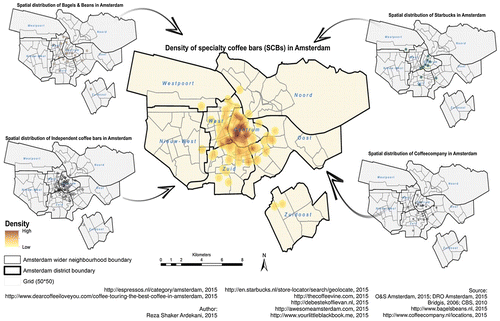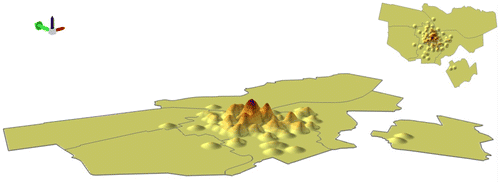Figures & data
Figure 1. The number of economic opportunities in Amsterdam in different sectors in 2014.
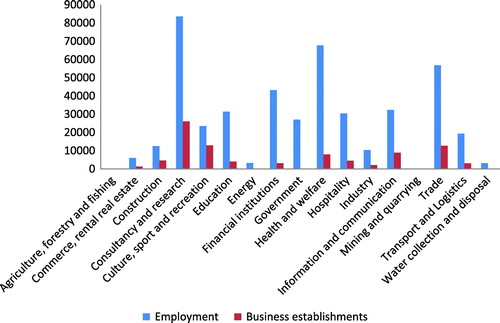
Figure 6. Spatial correlation between business establishments in different economic sectors and SCBs at district scale.
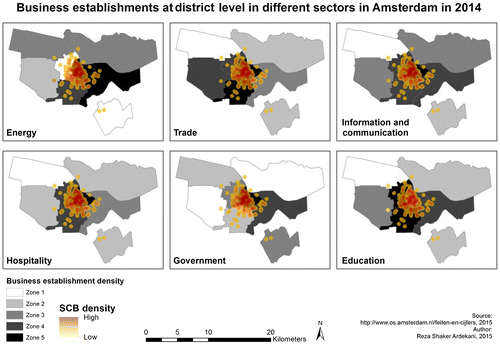
Figure 7. Spatial correlation between employment in different economic sectors and SCBs at district scale.
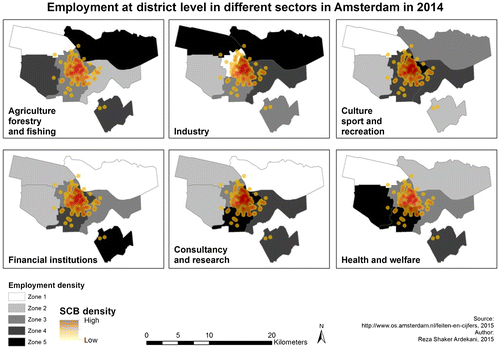
Table 1. The number of SCBs in the top five sectors of business establishment and employment in zone 5 at district scale
Figure 8. The number of economic opportunities in different districts of Amsterdam.
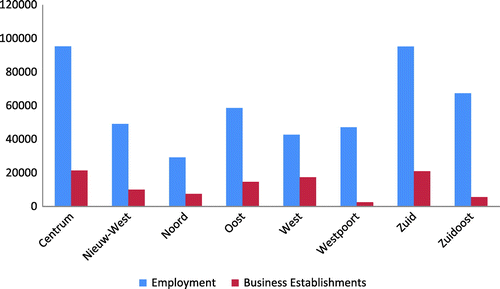
Figure 9. Spatial correlation between different sectors of business establishment and SCBs at the wider neighbourhood scale.
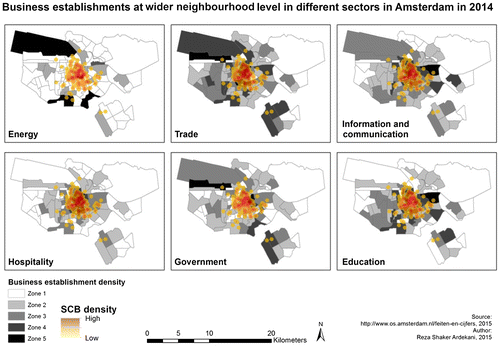
Figure 10. Spatial correlation between different sectors of employment and SCBs at the wider-neighbourhood scale.
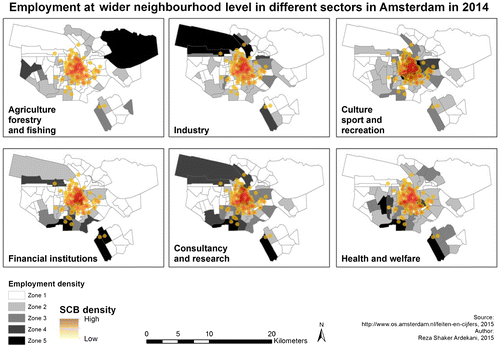
Table 2. The number of SCBs in the top five sectors of business establishment and employment in zones 4 and 5 at the wider neighbourhood scale
Figure 11. The statistical connection between the overall composition of the economic establishments of zones and SCBs amongst the top 20 regions.
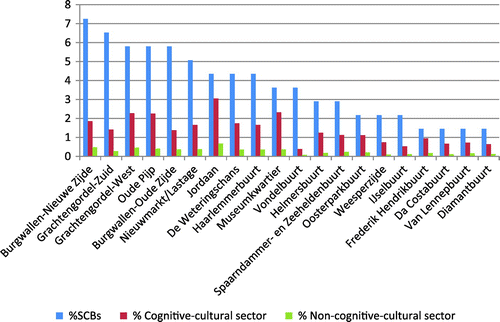
Figure 12. The statistical connection between the overall employment composition of zones and SCBs amongst the top 20 regions.


